In the first months of 2024, there was a revival in spot iron ore prices, and this increase supported the upward trend in the second half of 2023. The driving force behind this upward trend was the optimistic mood fostered by China's economic policies aimed at supporting growth. However, the decline in prices to seven-month lows in March stopped the continued rise. Concerns about slowing steel production in early 2024 and the rapid build-up of Chinese iron ore stocks were cited as reasons for the decline.
Australia's export volumes remained resilient in the volatile price environment experienced in iron ore markets. In 2023, export volumes increased slightly by 1.1% annually, reaching 893 million tons. It was stated that the indicators point to an upward trend in which export volumes are expected to increase by 1.6% annually until 2029. The growth interpretation comes as additional greenfield supply emerges from both established and emerging producers, expanding Australia's footprint in the global iron ore market.
While export volumes chart a path of expansion, the trajectory of export earnings paints a contrasting picture. The anticipated decline in iron ore prices over the outlook period translates to a reduction in Australia's export earnings. From a substantial $136 billion in 2023–24, earnings are projected to dwindle to $107 billion in 2024–25 and further to $83 billion by 2028–29. This decline underscores the vulnerability of Australia's export revenue to the volatility inherent in iron ore markets.
While the path was being prepared for expansion in export volumes, the course of export earnings painted a contrasting picture. The expected decline in iron ore prices during the forecast period represented a decline in Australia's export earnings. Earnings were estimated by the government to fall from $136 billion in 2023-24 to $107 billion in 2024-25 and $83 billion in 2028-29. This downward forecast illustrated the vulnerability of Australia's export revenue to fluctuations in iron ore markets.
Despite the intense fluctuation in iron ore prices, the outlook is still interpreted as sensitive. The recent strength in prices is attributed to the positive market sentiment supported by the interventions of the Chinese government. In light of these developments, future expectations point to a steady decline in prices. The price of iron ore is projected to fall to an average of approximately $68 per tonne in real terms by 2029. Importantly, these declines are not expected to trigger significant closures or disruptions in the industry. This situation reveals the resilience of Australian capacity within the sector.


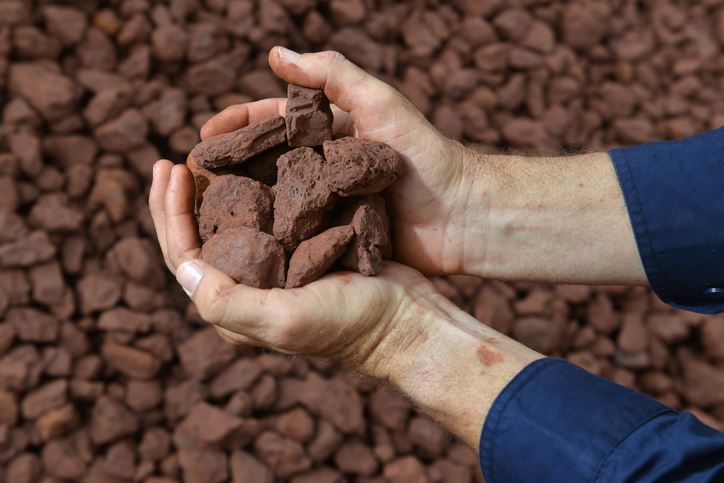

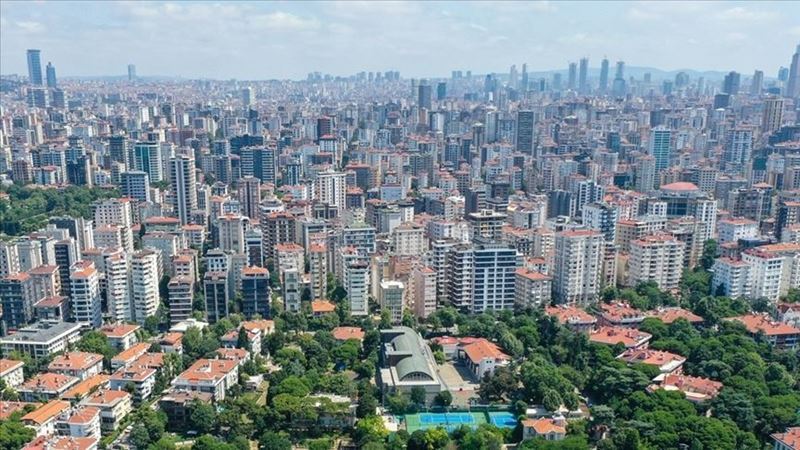
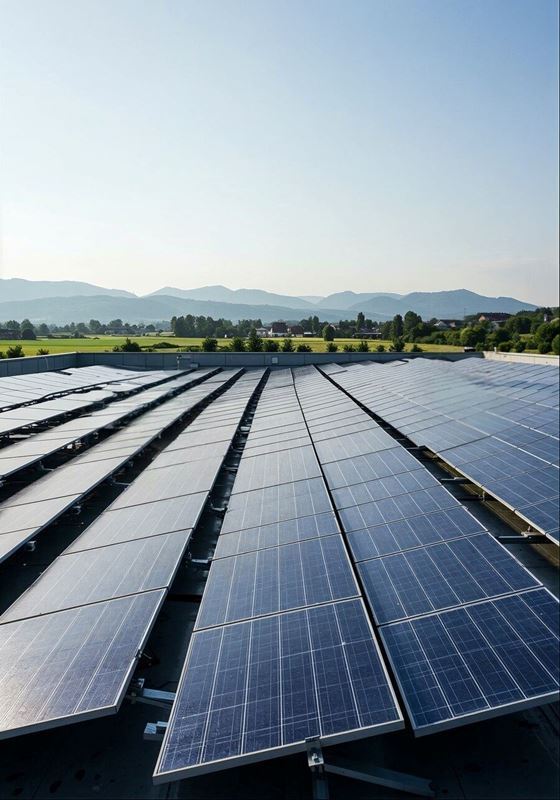

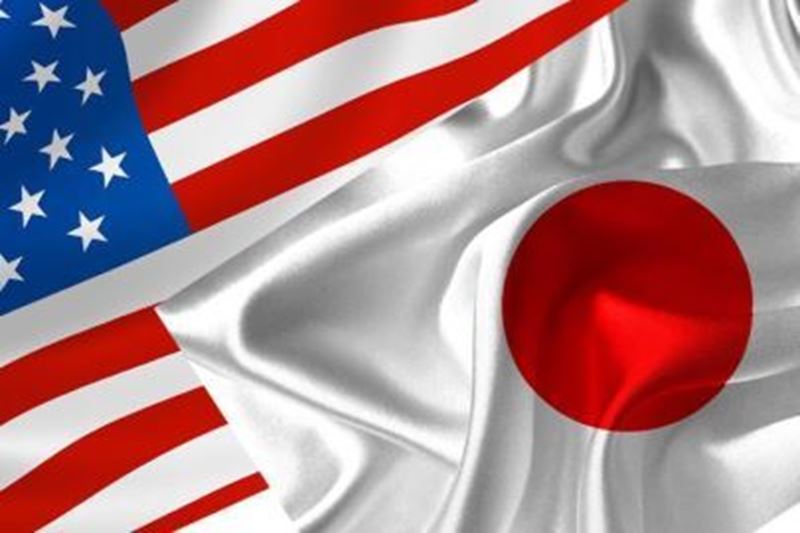
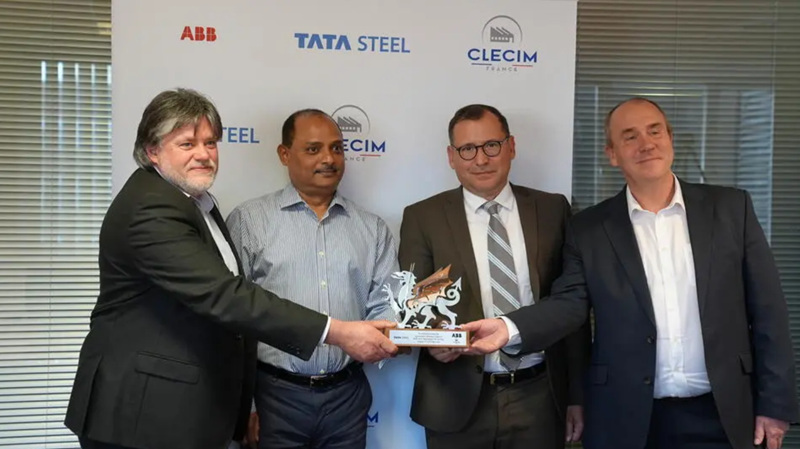


Comments
No comment yet.